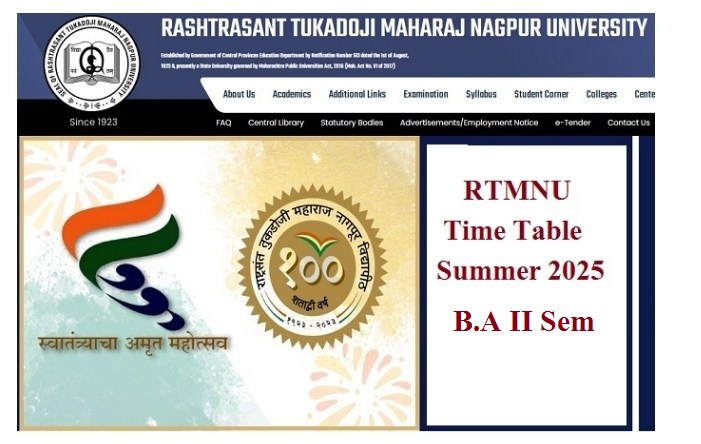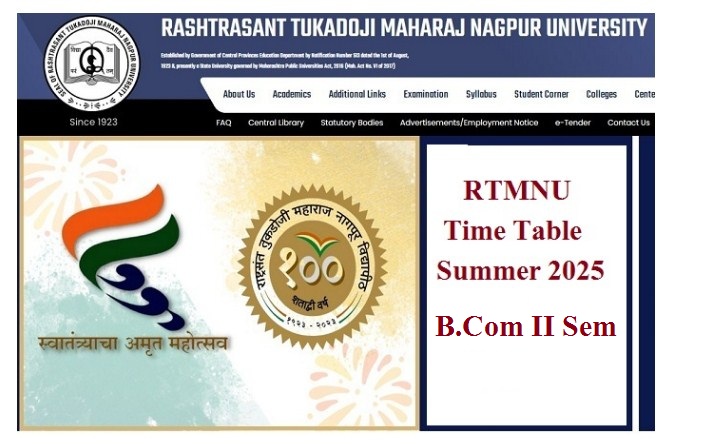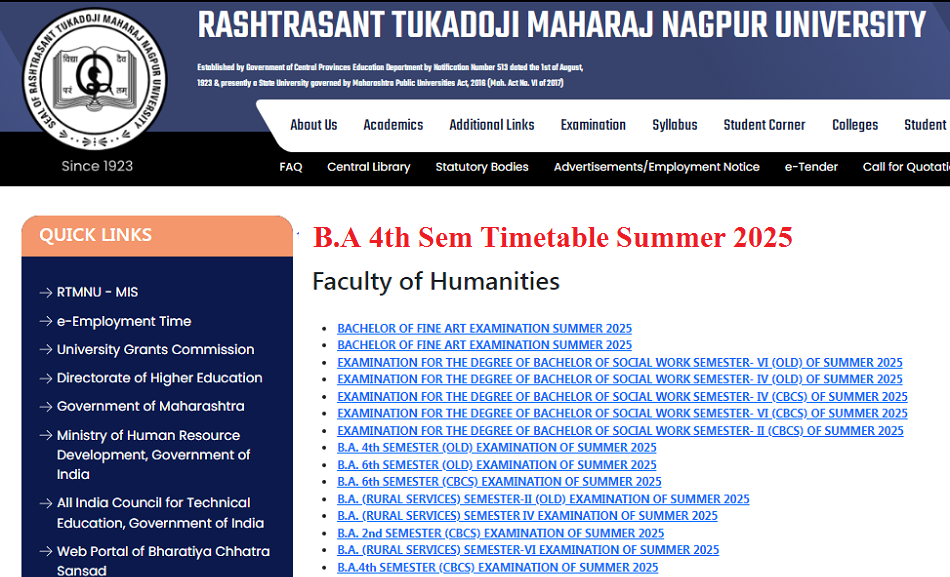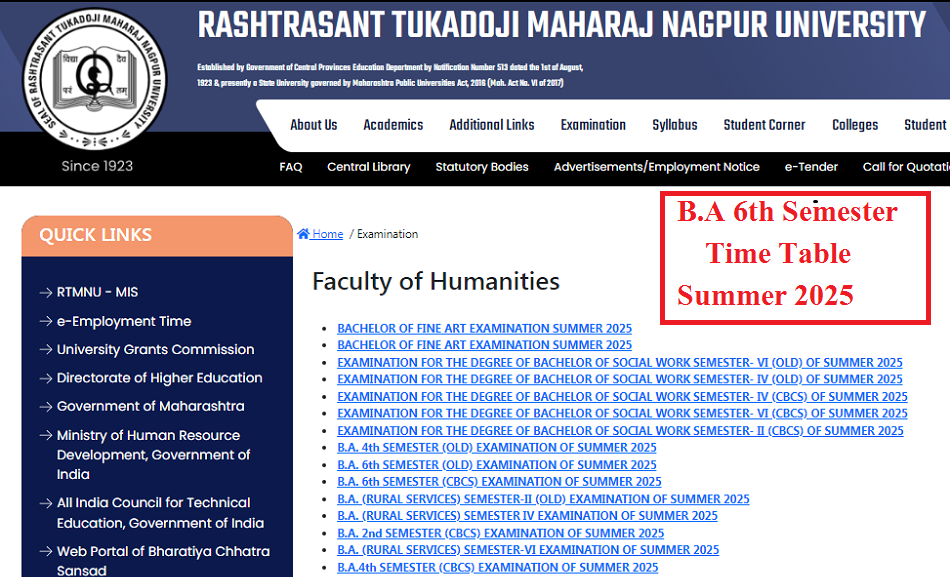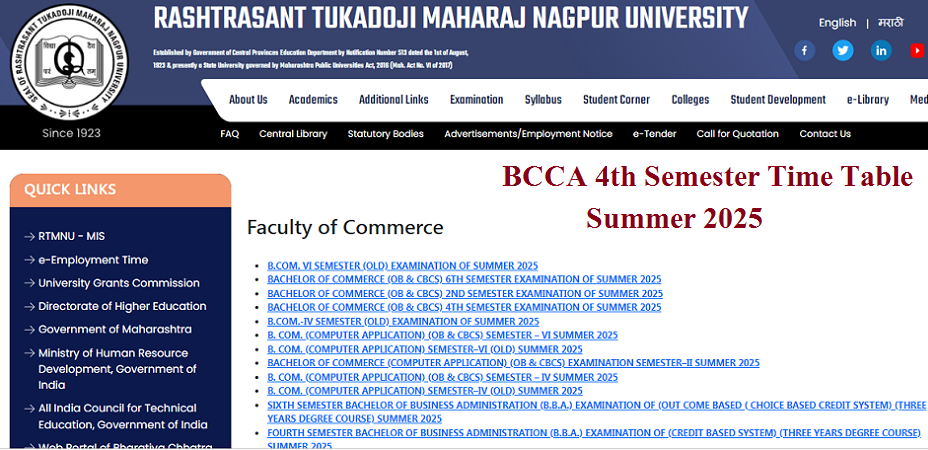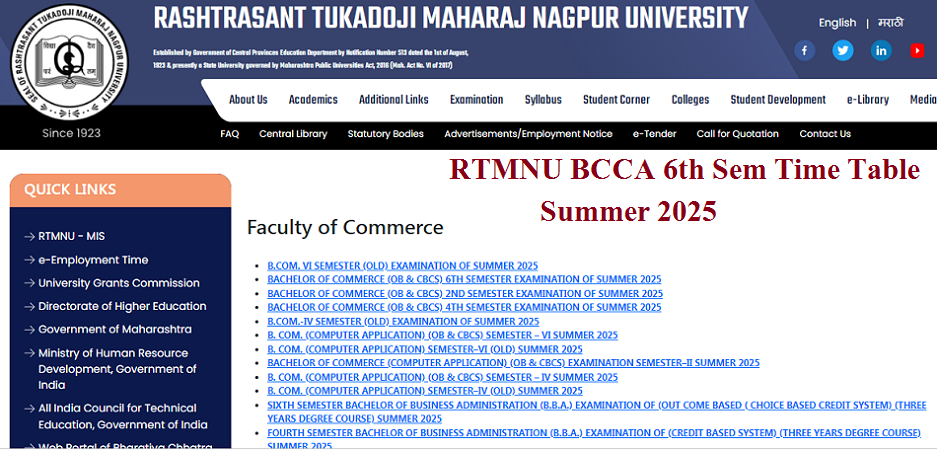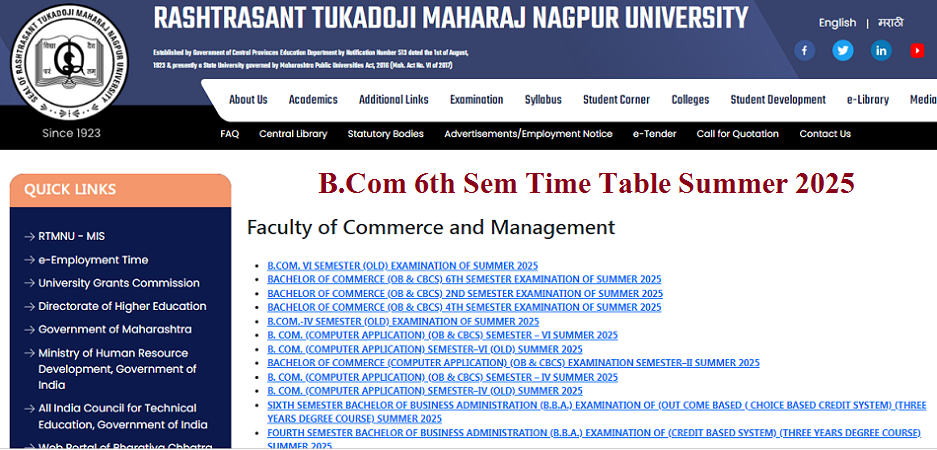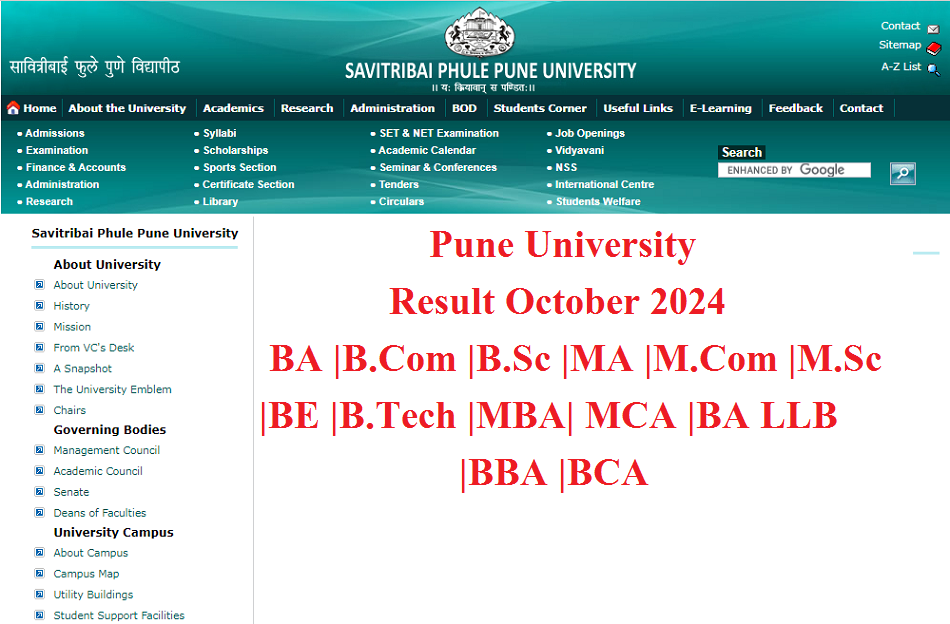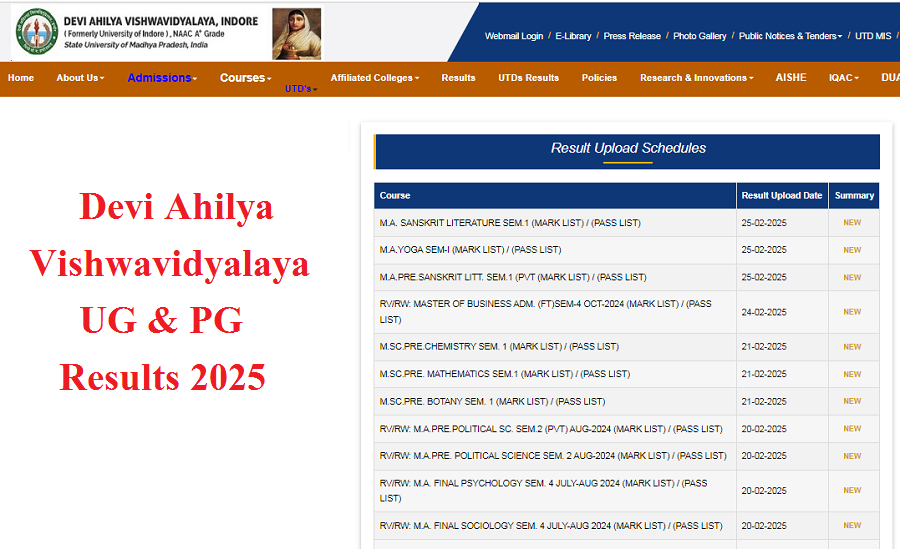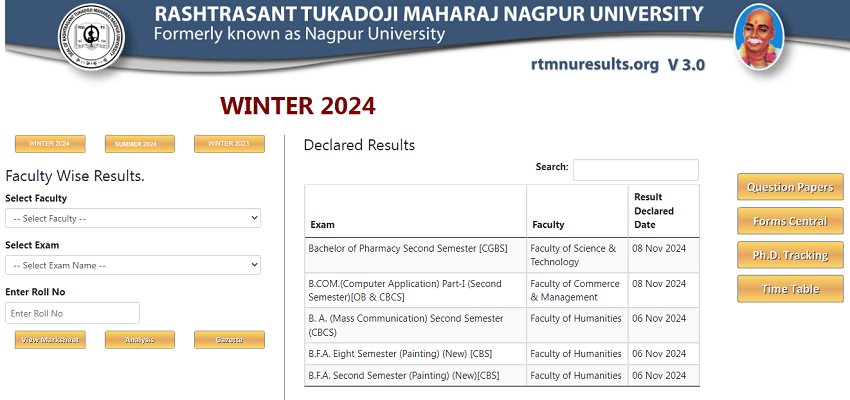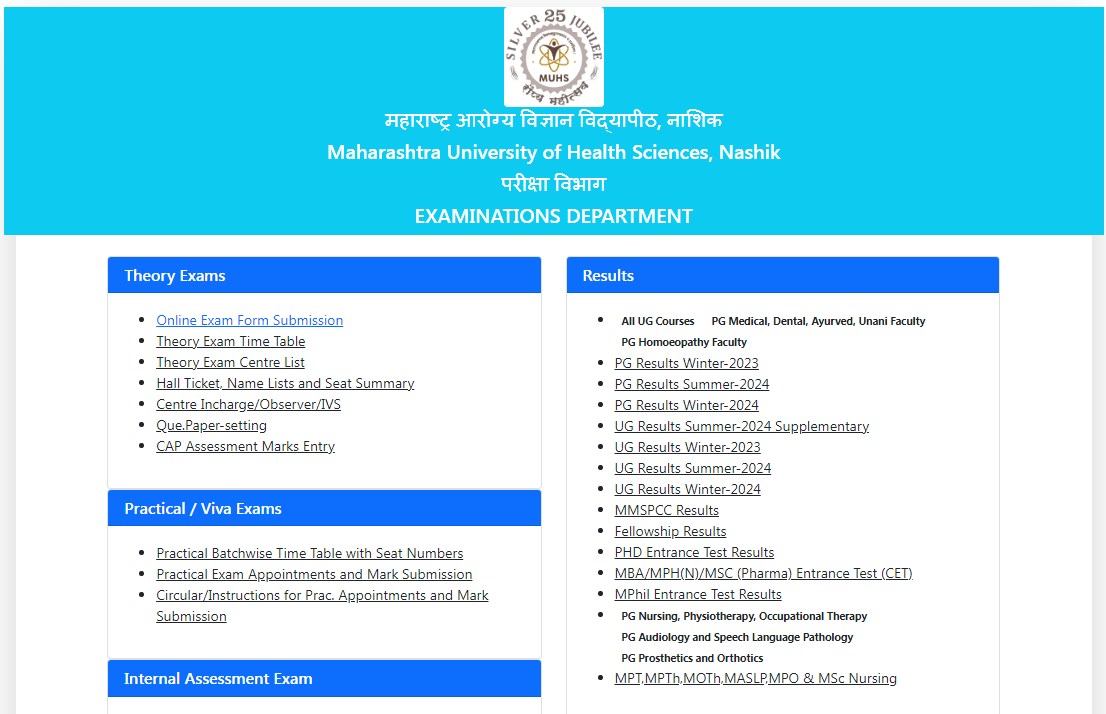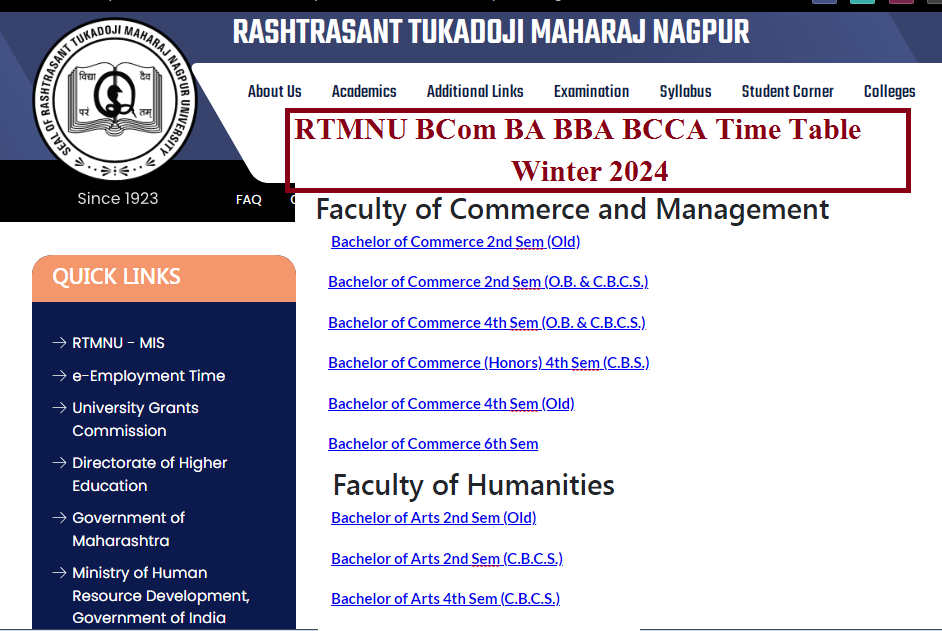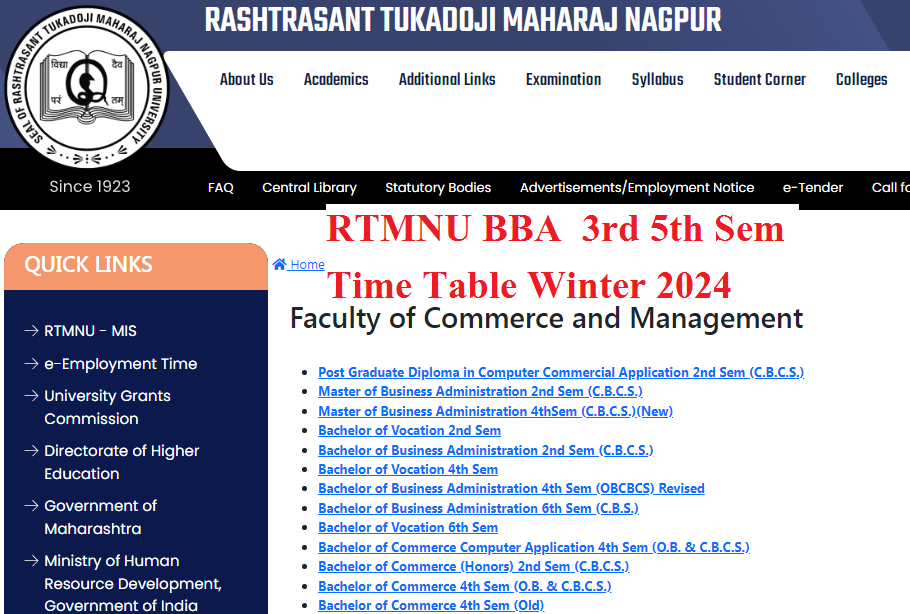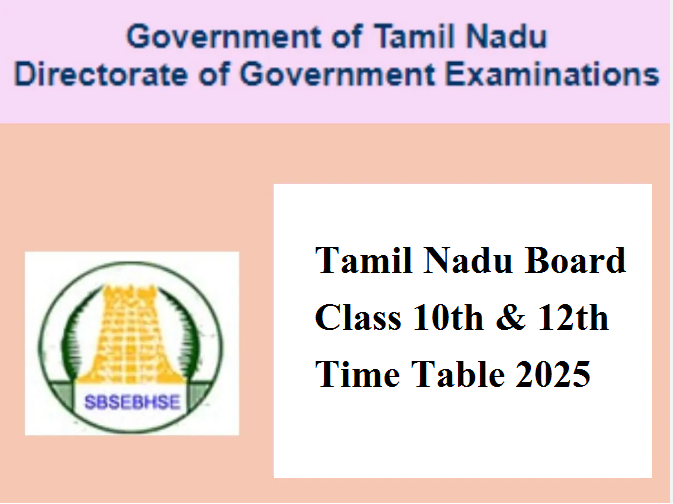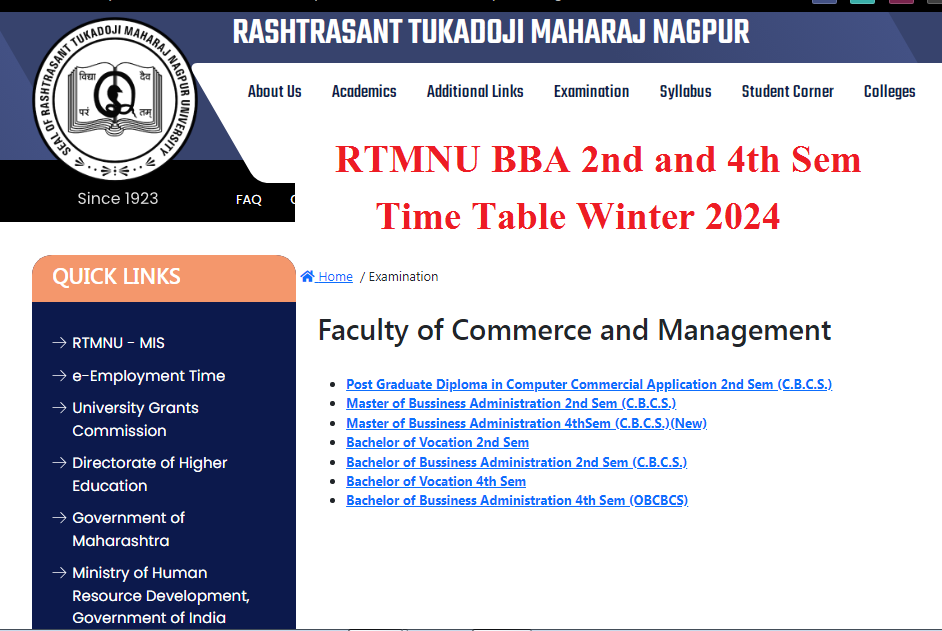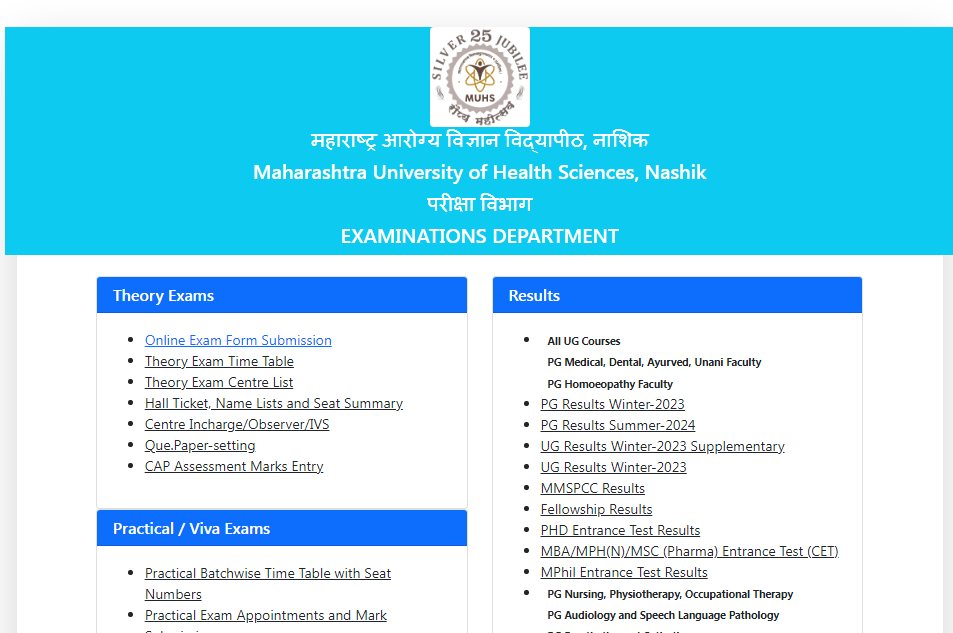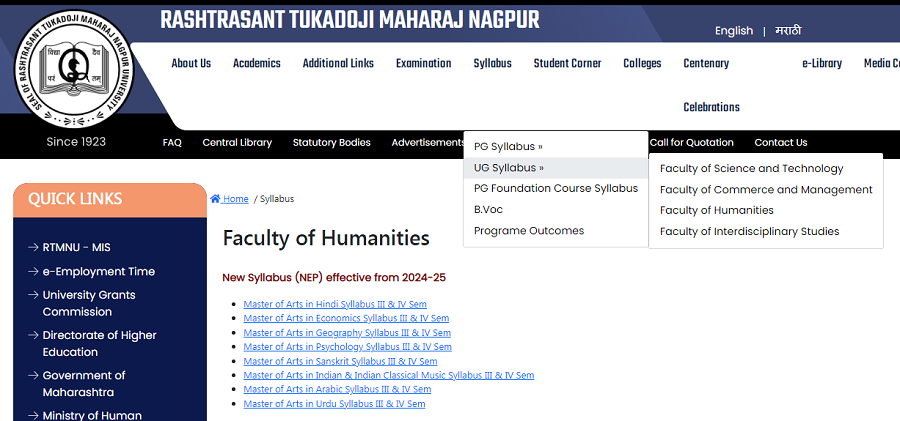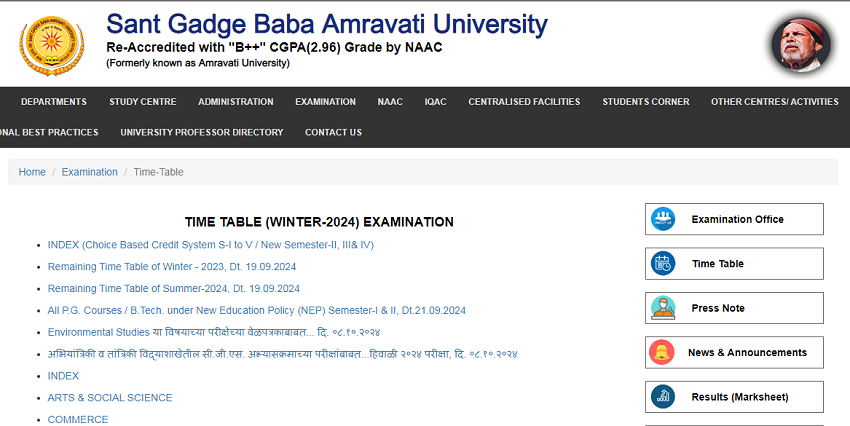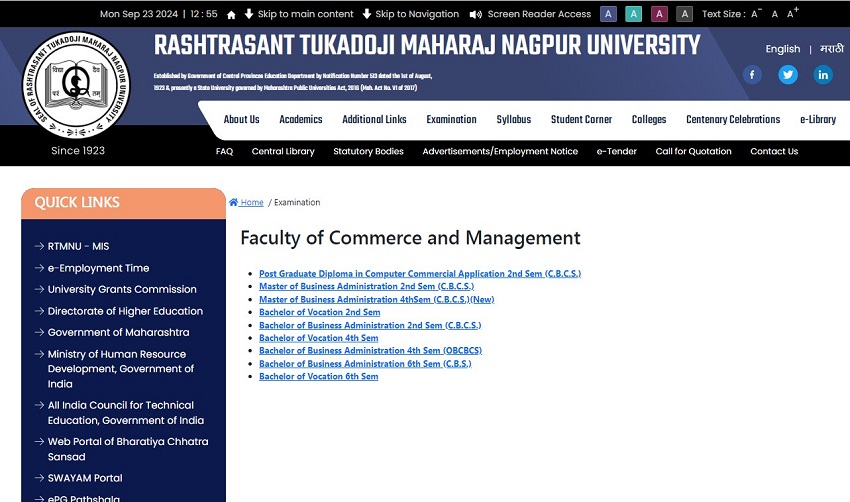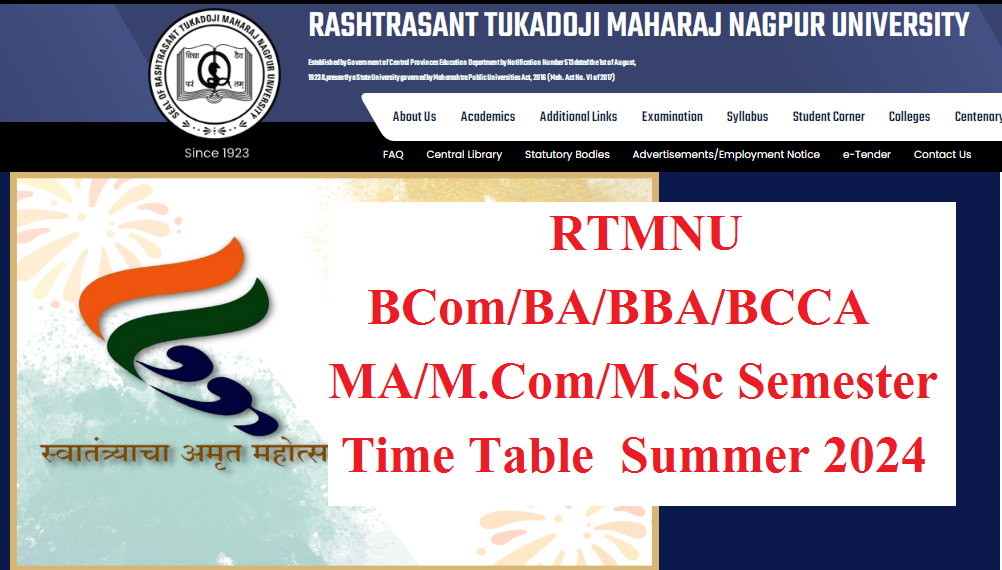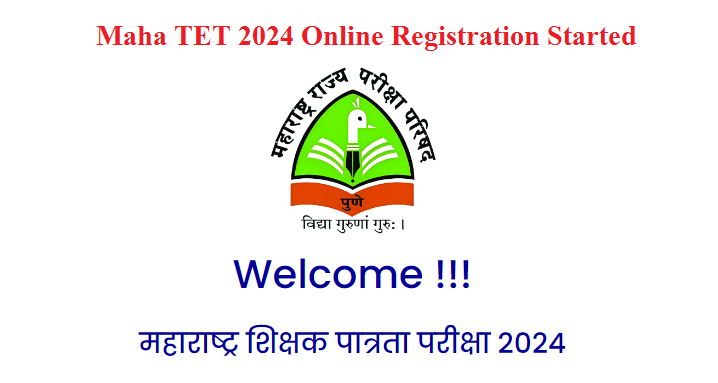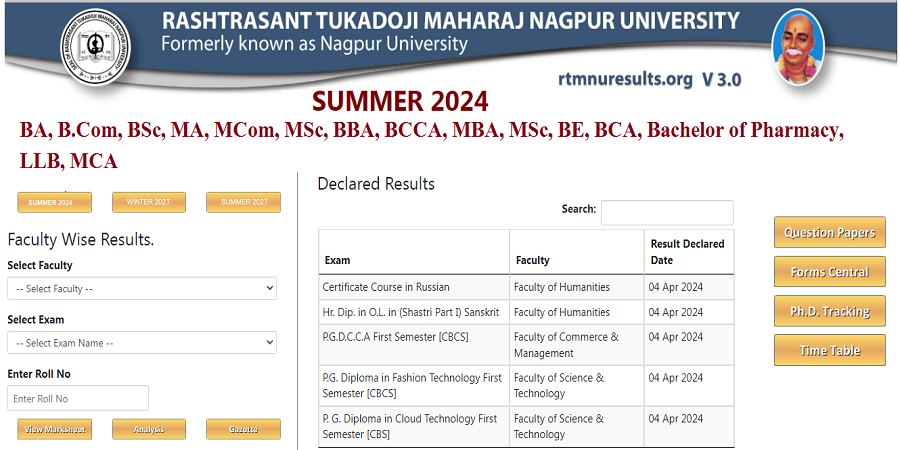CAIIB Practice Questions For Exam 2016 – 2017
CAIIB Practice Questions For Exam 2016 – 2017
CAIIB Practice Questions For Exam 2016 – 2017 are given below. Candidates can use the Following Questions of CAIIB For the practice of coming examinations.
1.The No. of units of one currency which exchange for given no. of units of another currency is :
a. exchange value of rupee currency
b. exchange of foreign currency
c. exchange rate of the currency
d. any of these above
Ans: exchange rate of the currency
2.As per FEMA 199, foreign exchange means foreign currency and include
i) all depositors
iii) credits and balances payable in foreign currency
iii) any drafts, traveller’s cheques LCs and Bill of exchange, payable in foreign currency, which of the following correct out of the above:
a. i and ii only
b. i and ii only
c. ii and iii only
d. i, ii, iii, all
Ans : i, ii, iii, all
3.The price or ratio or value at which one currency is exchanged for another currency is called:
a. contract of foreign currency
b. price of foreign currency
c. exchange of foreign currency
d. any of the above
Ans : exchange of foreign currency
4.The exchange rate of foreign currencies varies at which of the following time intervals:
a.day to day
b. minute to minute
c. hour to hour
d. any of the above
Ans : any of the above
5. A foreign exchange market is
i) a 24 hour market
ii) a over the counter market
iii) a global market
iv)highly liquid market
v) a market high fluctuations. which of the following
a. i, ii, iii, iv only
b. i, ii, iii, v, only
c. i, ii, iv, v, only
d. i, ii, iii, iv, iv all
Ans : i, ii, iii, iv, iv all
6.When the foreign exchange deals take place through telephone or other electronic system it is called:
a. over the counter
b. over the electronic media
c. over all channels
d. over all exchanges
Ans : over the counter
7. Foreign exchanges markets comprise
i) individuals
ii) business entities
iii) banks,
iv) investors,
v) users & arbitragers.
which in respect of the above is correct :
a. i, iii, ii, v only
b. i, ii, iii, v only
c. i, iii, iv, v only
d. i, ii, iii, iv, v all
Ans : i, ii, iii, iv, v all
8. The foreign exchange markets are generally open on which of the following days:
a. Monday to Sunday
b. Monday to Saturday
c. Monday to Friday
d. Monday to Thursday
Ans : Monday to Friday
9. What is not true regarding the following foreign exchange markets according to time zones:
a.When it is noon at Indian markets, the European Markets are about to open
b. When Indian market is about to close, the New York market is about to open
c. When New York market is about to close, the Tokyo and Hong Kong markets are about to open.
d. None of the above
Ans : None of the above
10. There are a large no, of participants in Forex market that may include
i) Central Banks
ii) commercial banks
iii) investments banks
iv) investments banks
v) forex brokers
vi) individuals . Which of the following combination is correct in the above context:
a. i, ii, iii, v, vi only
b. i, ii, iii, vi only
c. i, ii, iii, v, vi only
d. i, ii, iii, iv, v, vii all
Ans : i, ii, iii, iv, v, vii all
11. Which of the following factors generally affect forex rates in short period:
a. balance of payment
b. economic growth
c. fiscal policy
d. none of the above
Ans : none of the above
12. Which of the following factors do affect the foreign exchange rates in the long run:
a. balance of payments & fiscal policy
b. economic growth rate & interest rate
c. monetary policy
d. all the above
Ans : all the above
13. When the delivery under a forex deal is completed on the 2nd working day following the date of contract, the rate is called:
a. T T Rate
b. Bills Rate
c. Forward Rate
d. Spot Rate
Ans : Spot Rate
14. A foreign exchange transaction is a ………….. to exchange funds in one …….for funds in another currency at an agreed rate and on arranged basis:
a. currency, currency
b. arrangement, currency
c. currency, agreement
d. contract, currency
Ans : contract, currency
15. The date of delivery of funds on the date on which the exchange of currencies actually take place is referred to as:
a. delivery date
b. contract rate
c. value date
d. expiry date
Ans: value date
16. Which of the following is not a correct statement:
a deficit in balance of payment leads to a stronger currency
b. a higher economic growth leads to higher imports
c. high interest attract foreign investment and local currency appreciates in the short run.
d. steady political conditions lead to a steady currency.
Ans : deficit in balance of payment leads to a stronger currency
17. When the delivery under a forex deal is completed on the next working day from date of contract, the rate is called:
a. Tom rate
b. ready or cash rate
c. forward rate
d. Spot rate
Ans : Tom rate
18. When the delivery under a forex deal is completed on the same day i.e. date of contract, the rate is called:
a. T T rate
b. ready or cash rate
c. forward rate
d.Spot rate
Ans : ready or cash rate
19. When the forward value of a currency is higher than the spot value, the currency is said to be at a:
a. discount
b. par
c. premium
d. none of the above
Ans : premium
20. When the delivery under a forex deal take place on a pre- fixed future date and pre- fixed rate, after the spot period, the rate is called:
a. Tom rate
b. ready or cash rate
c. forward rate
d. Spot rate
Ans : forward rate
21. Which of the following is correct statements:
a. forward rates are based on tom rate
b. spot rates are based on tom rate
c. forward and spot rates are based on each other
d. forward rates are based on spot rates
Ans : forward rates are based on spot rates
22.Which of the following is not correct regarding foreign exchange rates:
a. spot rate – where the delivery is completed on 2nd working day
b. Tom rate – where the delivery is completed on the next working day
c. Cash rate – where the delivery is completed on the same day
d. Forward rate – where the delivery is completed on T + 2 day.
Ans : Forward rate – where the delivery is completed on T + 2 day.
23. Forward rate + spot rate (+) …………. (-) …………:
a. discount, commission
b. premium, discount
c. premium , commission
d. discount, premium
Ans : premium, discount
24. A premium or discount on a currency may be based on
i) interest rate differentials of the currencies
ii) demand and supply position
iii) manipulation by the central bank of the country.
which of these is correct :
a. i , ii & iii only
b. i & iii only
c. i & ii only
d. ii & iii only
Ans : i & ii only
25. When the forward value of a currency is lower than the spot values, the currency said to be a:
a. discount
b. par
c. premium
d. none of the above
Ans : discount
26. Where the currency rate is not directly available for a particular currency and has to be worked out indirectly through some other currency, it is called:
a. direct rate
b. indirect rate
c. cross rate
d. spot – cum – forward rate
Ans : cross rate
27. Which among the following is correct with regard to direct and indirect rates:
a. direct rate means so many units of home currency for on unit of foreign currency
b. indirect rate means so many units of foreign currency for fixed
c. a is correct and b is not
d. a and b are correct
Ans : a and b are correct
28. The forward rate of a currency against the other currency may be worked out on the basis of i) spot price of currencies ii) interest rate differential iii) future period for which the price is worked out. Which of the following is correct :
a. i , ii & iii only
b. i & iii only
c. i & ii only
d. ii & iii only
Ans : i , ii & iii only
29. When rates of foreign currencies are determined for the domestic currency, by the demand and supply position , the rates are called:
a. direct rate
b. fixed rate
c. indirect rate
d. floating rate
Ans : floating rate
30. Which among the following is a correct statements:
a. buying rate is also called bid rate
b. selling rate is also called offer rate
c. a is correct and b is wrong
d. a and b both are correct
Ans : a and b both are correct
31. When rates of foreign currencies are fixed for the domestic currency, by the monetary authority of a country, the rates are called:
a. direct rate
b. fixed rate
c. indirect rate
d. floating rate
Ans : fixed rate
32. When a person takes advantage by selling and buying of a currency in two different markets to take advantage of price differential prevailing at these markets, it is called:
a. swap
b. arbitrage
c. value date
d. speculation
Ans : arbitrage
33. A proportion per thousand is called :
a. chain rule
b. per cent
c. per mile
d. value date
Ans : per mile
34. For attaining a comparison or ration between two quantities that are linked together through another and consist of a series of equations, which of the following is used:
a. chain rule
b. per cent
c. per mile
d. value date
Ans : chain rule
35. A proportion per hundred is called:
a. chain rule
b. per cent
c. per mile
d. value date
Ans : per cent
36. That part of office of a dealer, which takes care of processing of deals, accounts, reconciliation etc. is called:
a. front office
b. back office
c. mid office
d. transaction process office
Ans : back office
37. Which of the following positions are maintained by a foreign exchange dealer in a forex dealing room:
a. dollar and rupee position
b. balance of payments position and forex reserve position
c. funds positions and currency position
d. reserve position and forex position
Ans : funds positions and currency position
38.The dealer operates the sale purchase transactions within the limits fixed by:
a. FEDAI
b. RBI
c. Management of the bank
d. himself
Ans : Management of the bank
39. The positions that reflects the inflows and outflows of funds that is receivable or payable is called:
a. currency position
b. forex position
c. funds position
d. speculation position
Ans : funds position
40. …………..position deals with the over – brought or oversold position arrived after taking various transactions:
a. currency risk
b. currency risk
c. interest rate risk
d. credit risk
Ans: currency risk
41. Any mismatch in the funds position will expose the bank to which of the following kinds of risk :
a. currency risk
b. currency risk
c. interest rate risk
d. credit risk
Ans : interest rate risk
42. On account of sale and purchase of various currencies there could be mismatch between assets and liabilities, which is called:
a. liquidity risk
b. gap risk
c. exchange risk
d. market risk
Ans : gap risk
43. Whose approval is required for appointment of dealer by a bank:
a.RBI
b.FEDAI
c. IBA
d. Discretion of the bank
Ans : Discretion of the bank
44. Which of the following does not match with regard to the risk represented:
a. credit risk – risk on account of inability or unwillingness of he counter party
b. exchange risk – risk associated with fluctuations in exchange rates or mismatch
c. settlement risk – risk arising on account of mismatch in maturity of assets and liabilities
d. liquidity risk – risk arising on account of mismatch in maturity of assets and liabilities.
Ans : settlement risk – risk arising on account of mismatch in maturity of assets and liabilities.
45. Valuation of foreign exchange profits and losses by dealers is carried on the basis of:
a. IBA approved accounting guidelines
b. FEDAI prepared Uniform Standard Account procedure
c. RBI framed valuation norms for foreign exchange transactions
d. DFGT guidelines on valuation
Ans : FEDAI prepared Uniform Standard Account procedure
46. which of the following is not a risk associated with dealing room operation in forex transactions :
a. exchange risk & credit risk
b. operational risk & credit risk
c. operational risk & liquidity risk
d. sovereign risk
Ans : sovereign risk
47. That part of the dealer’s office, that deals with risk management and parameterization of risk for forex dealing operations is called:
a. front office
b. back office
c. mid office
d. transactions process office
Ans : mid office
48. which among the following cannot carry on the function of AD:
a. commercial banks
b. financial institutions
c. RRB / Coop Banks
d. none of the above
Ans : non or the above
49. Where one party performs its payment obligation and other party fails to perform its part, the risk is called:
a. liquidity risk
b. settlement risk
c. systemic risk
d. sovereign risk
Ans : settlement risk
50. Banks function as Authorised dealers for undertaking forex transactions and have to obtain licence from:
a. DGFT & RBI
b. RBI & FEDAI
c. FEDAI, DGFT & RBI
d. none of the above
Ans : none of the above

